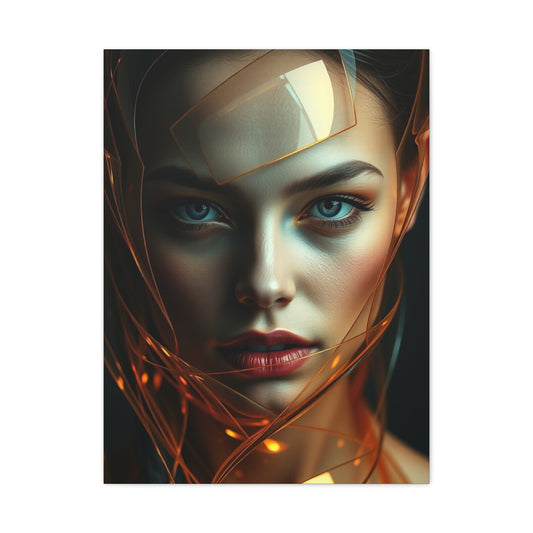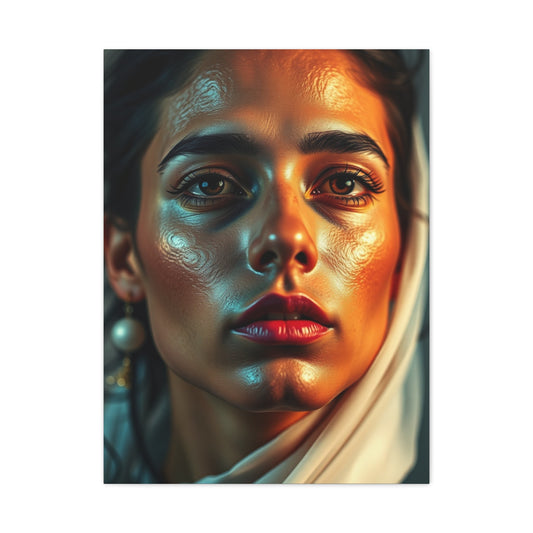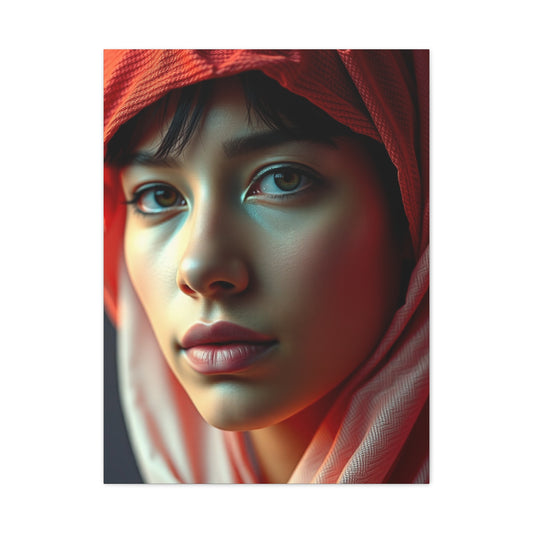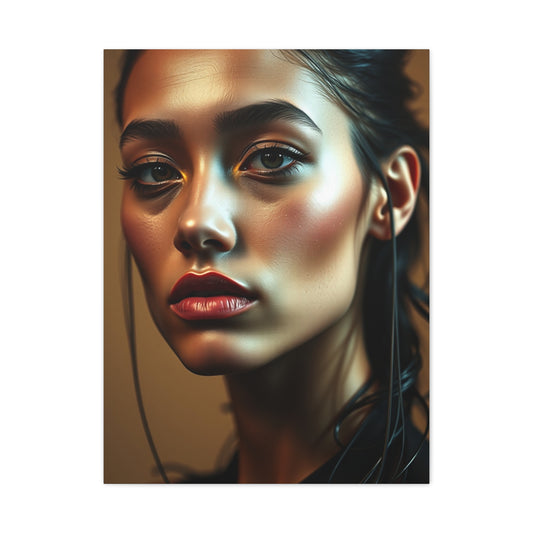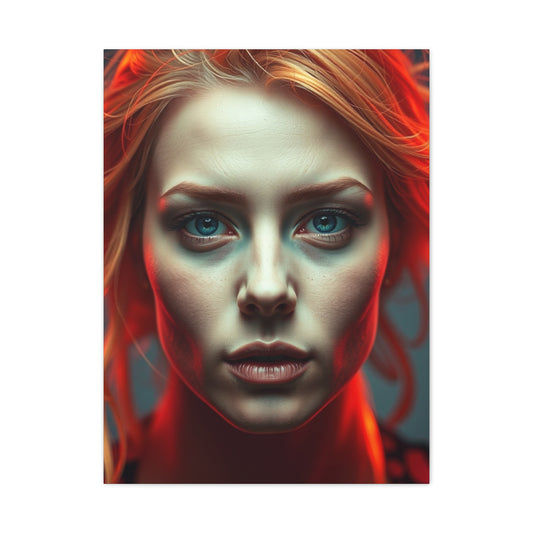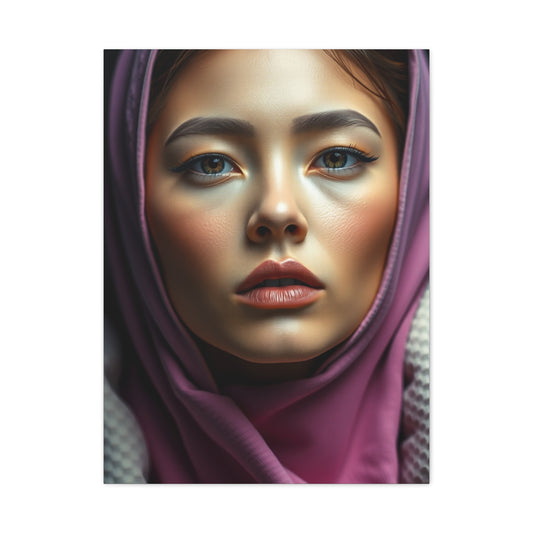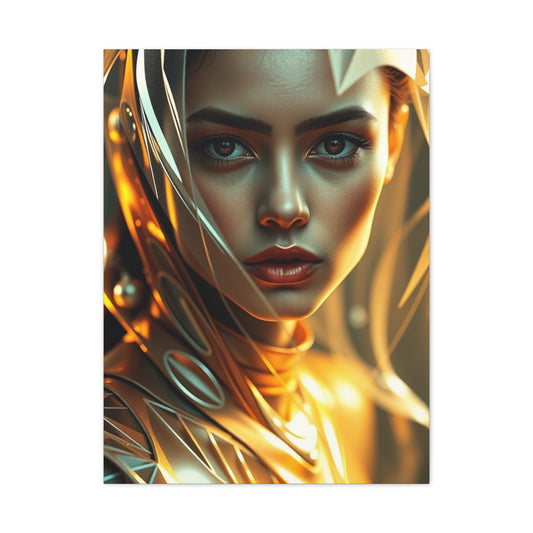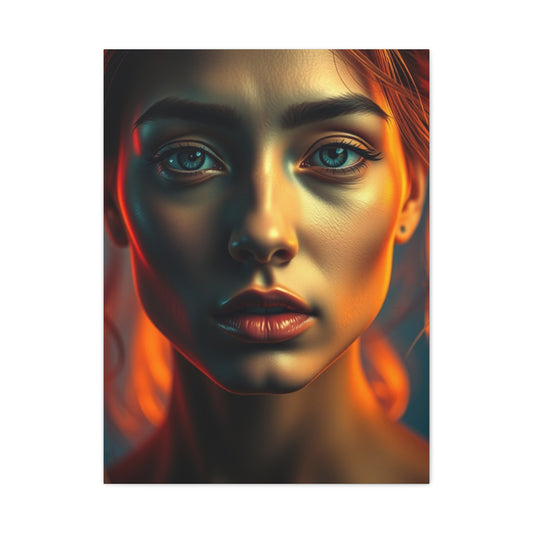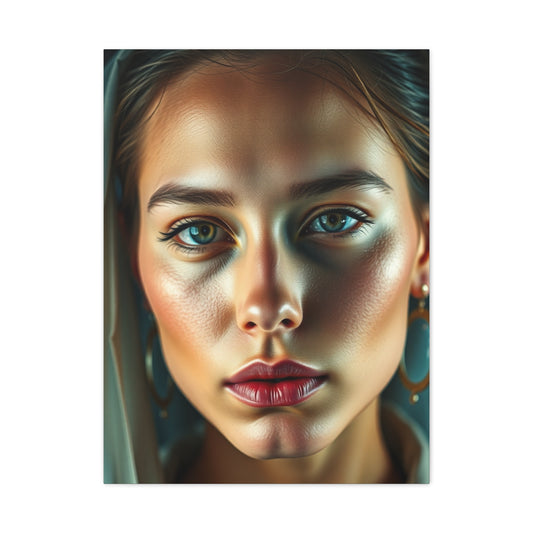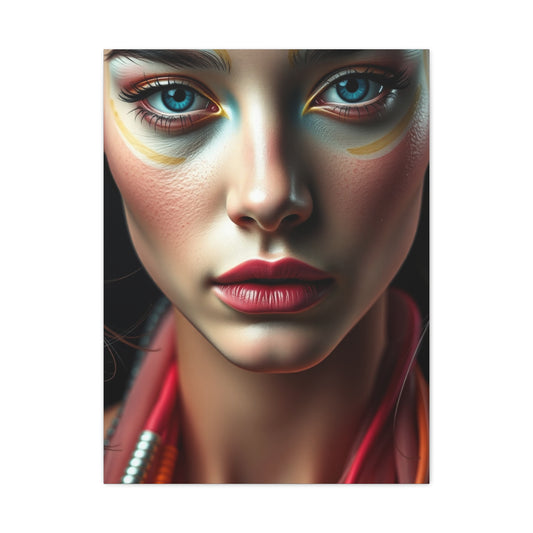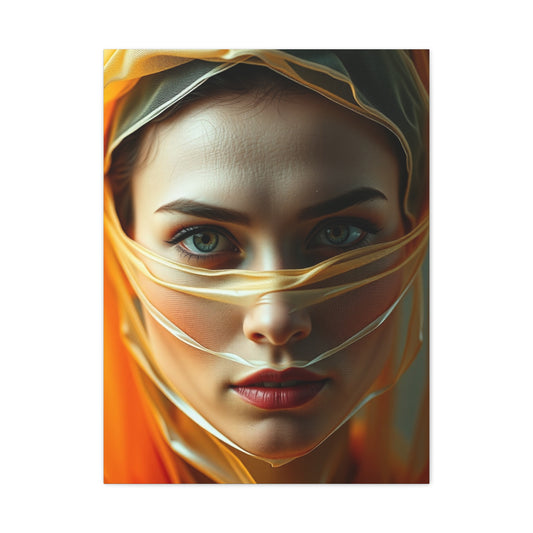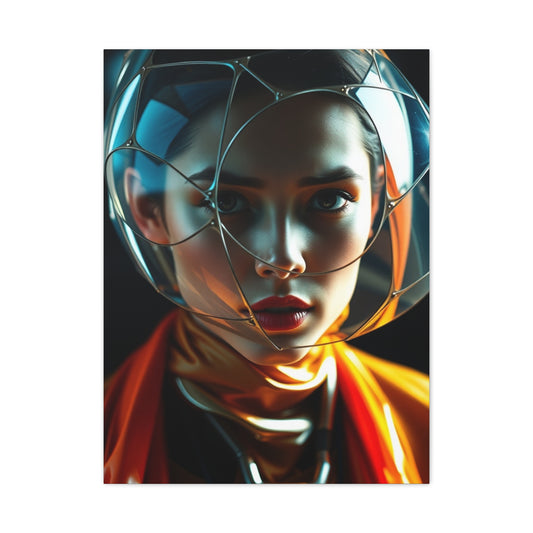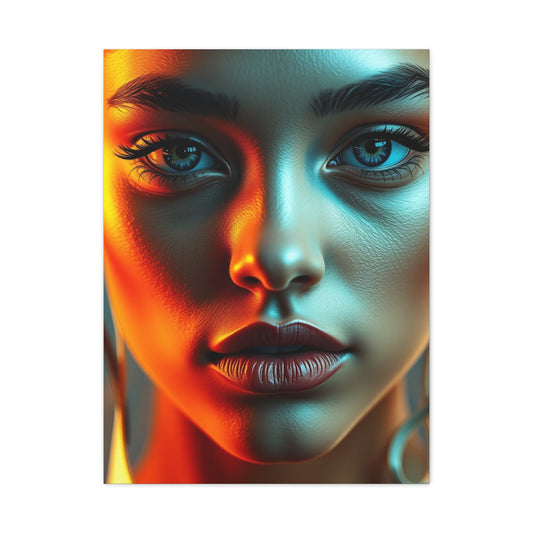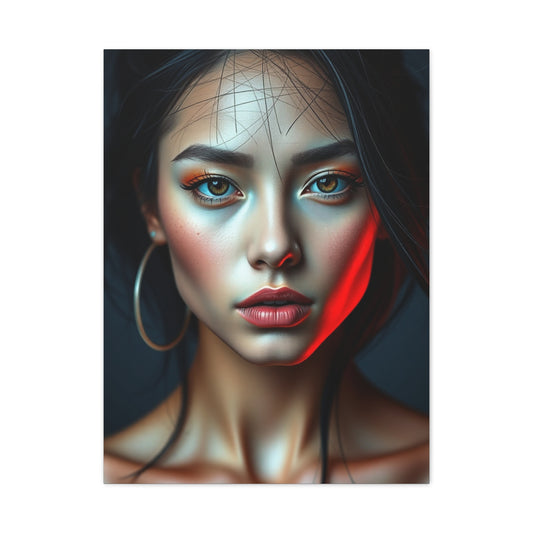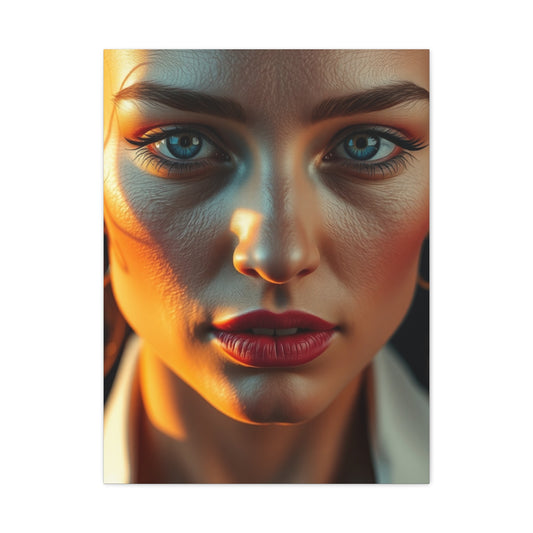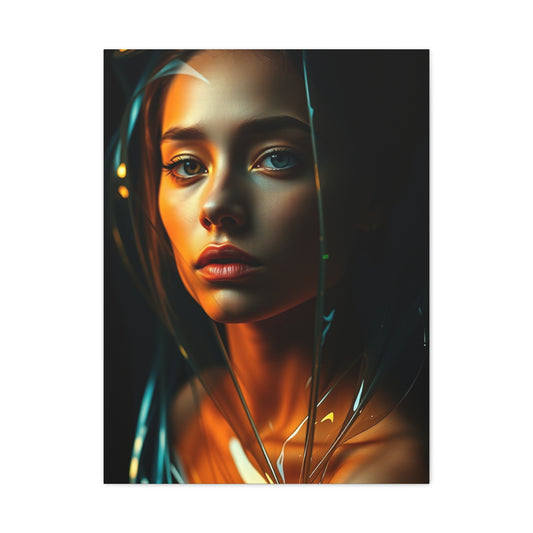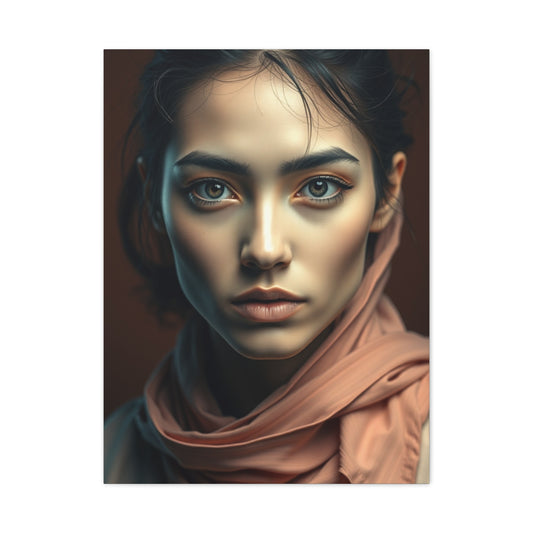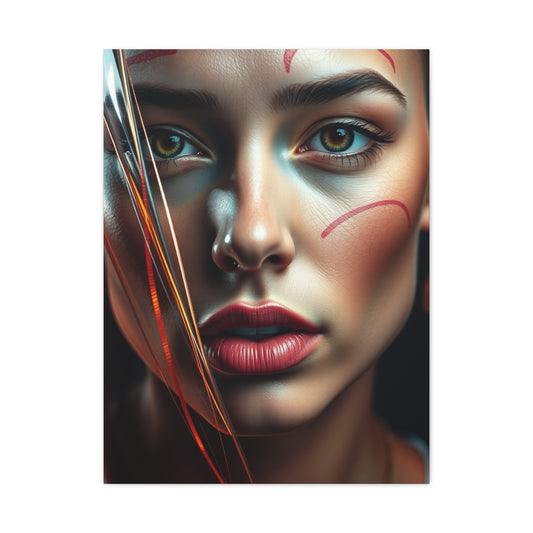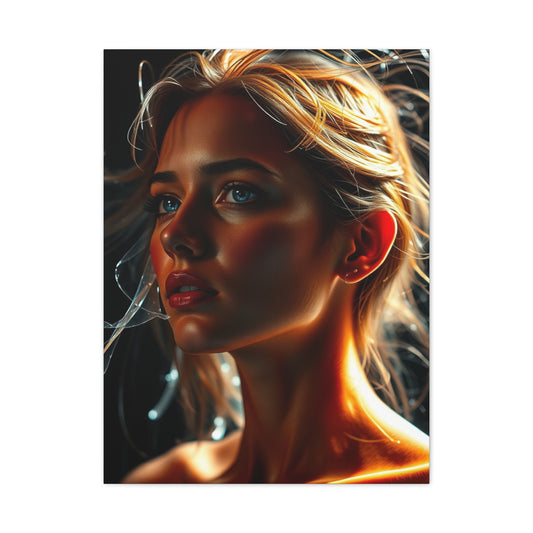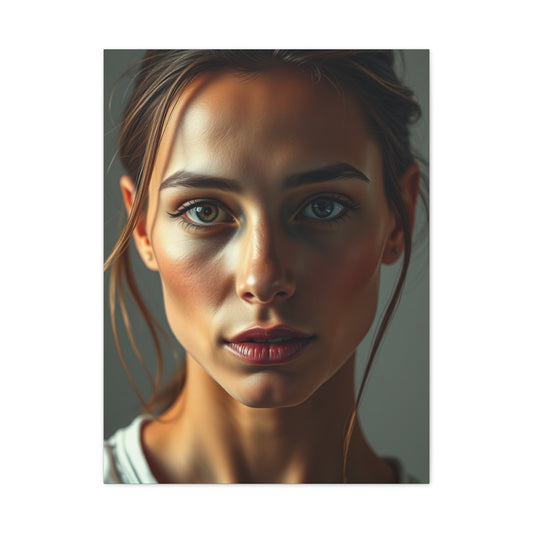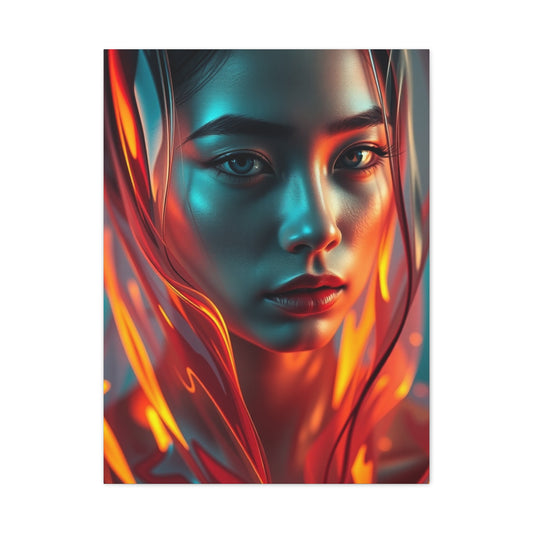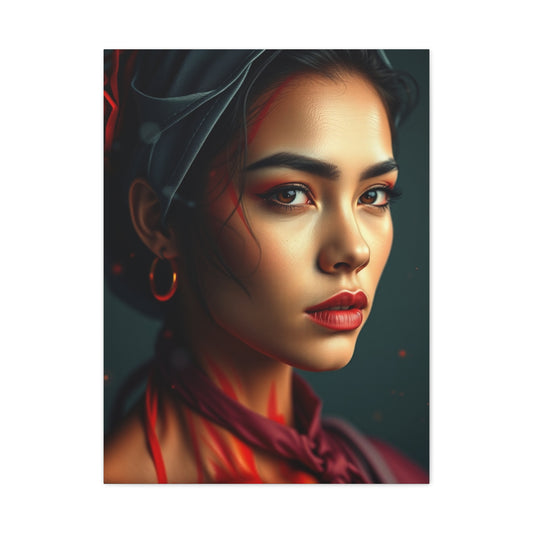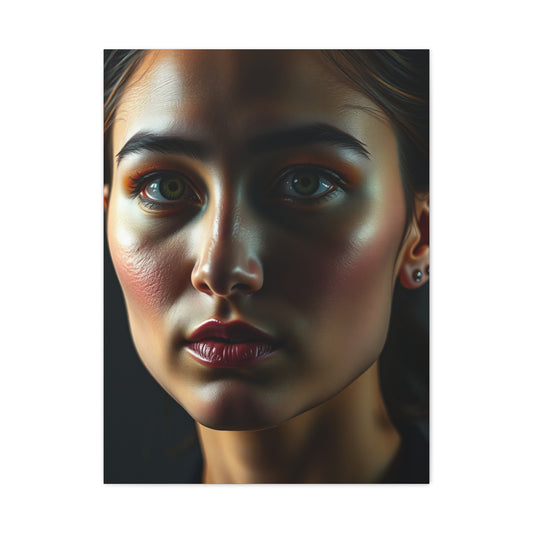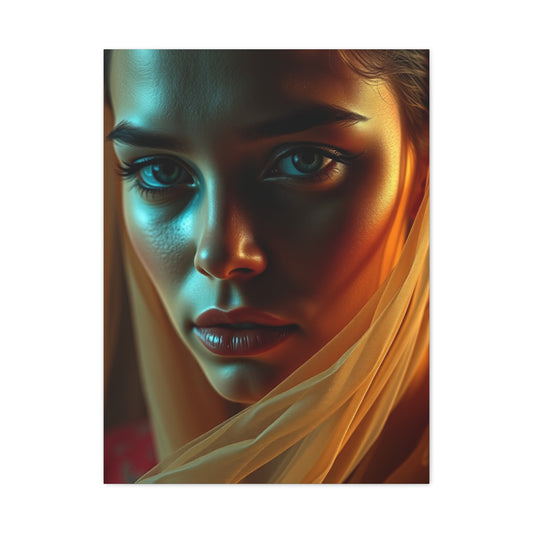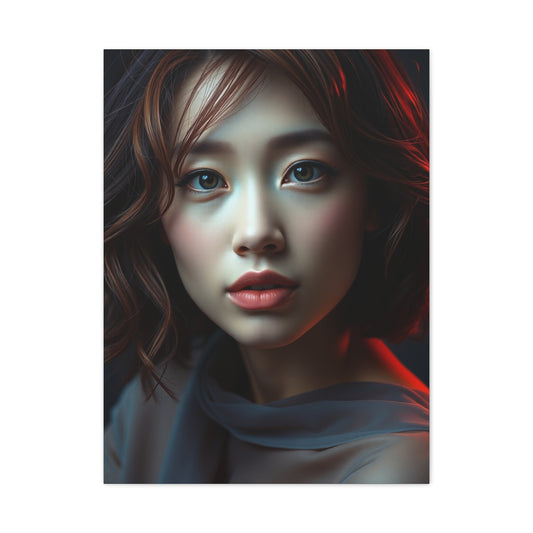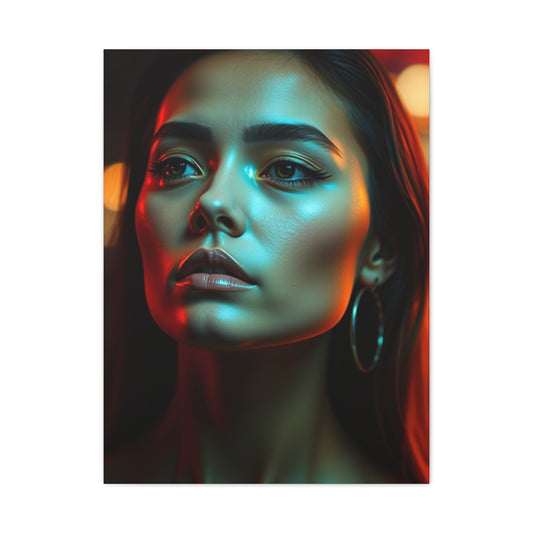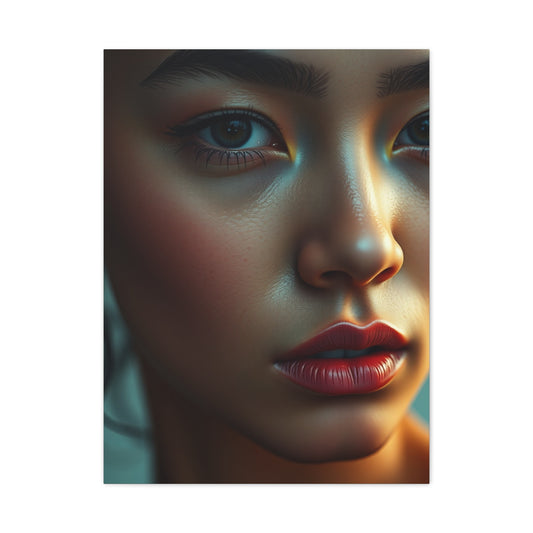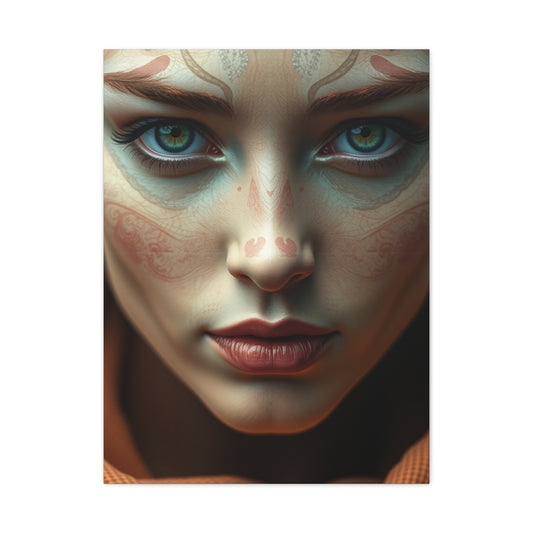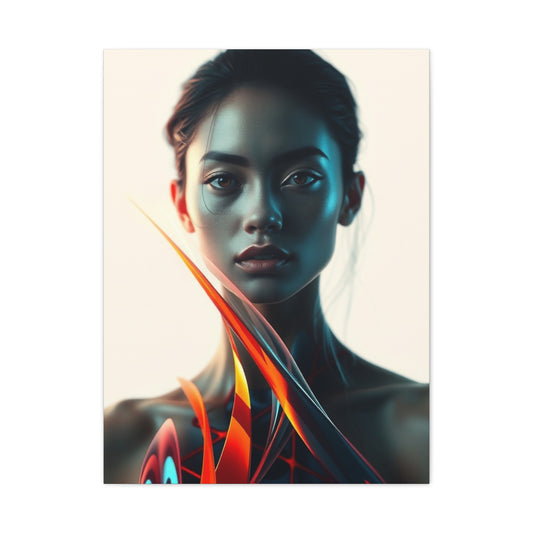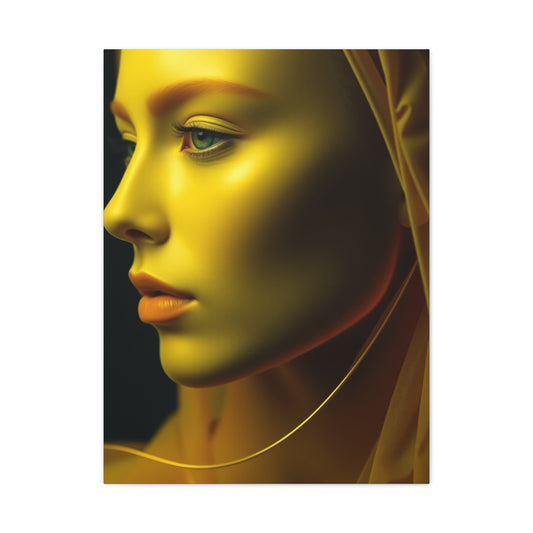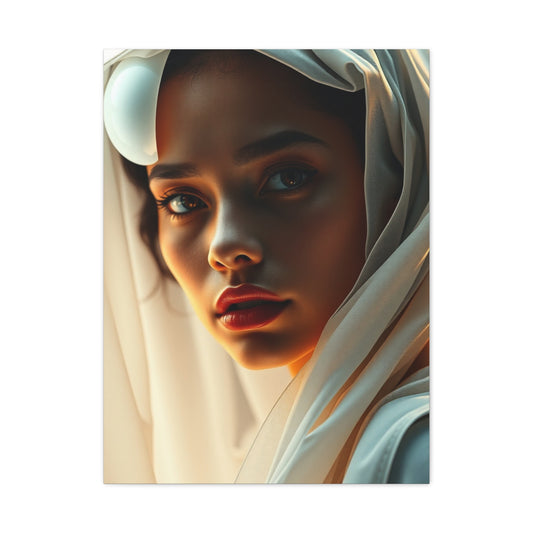Why Do People Like Abstract Figure People Wall Art: Understanding Its Universal Appeal
Abstract art has long fascinated and mystified audiences worldwide. Its unconventional use of color, shape, and texture often eschews recognizable imagery, leading some viewers to feel disconnected or perplexed. Yet, for millions across different cultures and generations, abstract art evokes profound responses—stirring emotions, provoking thought, and offering unique avenues for personal reflection and meaning-making. To truly appreciate why abstract art holds such enduring power, it is essential to explore the psychological, emotional, and intellectual dynamics underpinning this genre, revealing how it transcends mere aesthetics to become a transformative human experience.
At its core, abstract art represents a break from traditional representational forms, where the artist’s intention is not to replicate reality but to distil and express inner experiences, ideas, or emotions. This departure invites viewers into an open-ended dialogue with the artwork, where interpretation is subjective and fluid rather than fixed. The absence of clear figurative references compels individuals to engage their imagination, memories, and feelings in a more active manner. This engagement with ambiguity stimulates the brain’s pattern recognition and meaning-making functions, triggering curiosity and cognitive exploration. In this way, abstract art operates as a psychological mirror—reflecting back the viewer’s subconscious associations, hopes, fears, and aspirations.
Emotionally, abstract compositions speak directly to the sensory and intuitive parts of the human mind. The use of color alone has powerful effects on mood and perception. Vibrant reds may evoke passion or urgency, while soothing blues inspire calm and contemplation. Jagged, aggressive brushstrokes can convey turmoil or tension, whereas flowing, harmonious lines suggest balance and tranquility. These elements bypass linguistic and cultural barriers, communicating on a primal level accessible to all humans regardless of background. This universality explains why abstract art resonates across diverse societies, acting as a common emotional language that connects disparate individuals through shared sensory experiences.
Furthermore, abstract art’s emphasis on texture and materiality invites tactile curiosity and heightens sensory awareness. The layering of paint, the interplay of rough and smooth surfaces, or the interplay of light and shadow within the artwork draws the viewer into an immersive encounter. This sensory richness fosters mindfulness—the practice of focused attention on present-moment experience—which has been linked to numerous psychological benefits including stress reduction, enhanced creativity, and emotional regulation. In essence, engaging with abstract art can become a meditative ritual that nurtures mental well-being.
Intellectually, abstract art challenges conventional aesthetic norms and invites critical thinking about the nature and purpose of art itself. It questions the necessity of narrative or representation, opening dialogue about perception, reality, and artistic freedom. This philosophical dimension encourages viewers to reconsider their assumptions about meaning and beauty, fostering open-mindedness and intellectual flexibility. For some, this process of reevaluation can be deeply liberating, offering a sense of personal and artistic freedom that transcends societal expectations and prescribed visual conventions.
Historically, abstract art emerged from tumultuous cultural and political contexts, embodying radical ideas about individuality, spirituality, and progress. Movements like Abstract Expressionism were not only artistic experiments but also social commentaries—responses to war, industrialization, and shifting human consciousness. This legacy imbues abstract works with a potent cultural significance, linking them to larger narratives of human resilience, innovation, and existential inquiry. Viewing abstract art thus connects audiences to a broader human story, enriching personal experience with collective meaning.
Finally, the interactive and participatory nature of abstract art makes it uniquely adaptable to contemporary audiences increasingly valuing personalization and self-expression. Unlike figurative art that often dictates a specific story or viewpoint, abstract art offers a blank canvas for viewers’ own interpretations. This empowerment fosters a deep sense of ownership and intimacy, making the artwork a living part of one’s inner world rather than a distant object of observation.
The Primordial Connection Between Consciousness and Abstract Expression
Abstract art establishes an extraordinary bridge between our conscious minds and the primeval depths of human perception, tapping into neurological pathways that predate our sophisticated cognitive abilities. This connection operates on a fundamental level that bypasses conventional intellectual processing, allowing viewers to experience raw emotional responses unfiltered by preconceived notions or cultural conditioning. The absence of recognizable imagery forces our brains to engage different neural networks, activating areas associated with creativity, imagination, and emotional processing in ways that representational art simply cannot achieve.
The neurological response to abstract compositions involves complex interactions between visual cortex regions and limbic system structures, creating unique patterns of brain activity that often mirror meditative states. This phenomenon explains why many individuals report feeling deeply moved or spiritually elevated when encountering powerful abstract works. The ambiguous nature of non-representational art compels our cognitive systems to work harder, generating increased neural activity that can produce profound states of contemplation and self-reflection.
Furthermore, abstract art activates our pattern-recognition systems in fascinating ways, encouraging the mind to seek familiar forms within unfamiliar configurations. This cognitive exercise strengthens neural pathways associated with creative thinking and problem-solving, providing mental stimulation that extends far beyond the immediate viewing experience. The brain's attempt to decode abstract imagery creates a form of intellectual exercise that many find deeply satisfying and mentally enriching.
The evolutionary significance of our attraction to abstract forms can be traced to humanity's earliest artistic endeavors, where cave paintings combined representational elements with symbolic abstractions that conveyed complex emotional and spiritual concepts. This historical precedent suggests that abstract expression fulfills a fundamental human need for communication that transcends literal representation, allowing artists and viewers to explore territories of meaning that words and realistic imagery cannot adequately convey.
Liberation from Interpretive Constraints and Conventional Boundaries
One of abstract art's most compelling characteristics lies in its complete rejection of predetermined interpretive frameworks, offering viewers unprecedented freedom to construct personal meaning from visual elements. Unlike representational artworks that guide perception toward specific subjects or narratives, abstract compositions present themselves as open-ended invitations for individual exploration and discovery. This interpretive liberation creates profoundly personal experiences that can evolve and deepen over time, making each encounter with an abstract work potentially revelatory.
The absence of recognizable subject matter eliminates the hierarchical relationship between "correct" and "incorrect" interpretations, democratizing the artistic experience in ways that empower viewers to trust their instinctive responses. This egalitarian approach to aesthetic appreciation challenges traditional art world authority structures, allowing individuals to develop confidence in their artistic perceptions without requiring extensive formal education or cultural knowledge.
Abstract art's refusal to conform to representational expectations creates space for emotional authenticity that many find lacking in conventional artistic expression. Viewers can project their innermost feelings, memories, and aspirations onto abstract compositions without fear of contradiction or correction, fostering therapeutic relationships with artworks that serve as mirrors for psychological exploration and self-discovery.
The temporal flexibility inherent in abstract art appreciation allows for extended contemplation without narrative exhaustion. Unlike representational works that may reveal their complete meaning relatively quickly, abstract pieces can sustain prolonged engagement, revealing new layers of complexity and beauty through repeated encounters. This sustainability of interest creates lasting relationships between viewers and artworks that can provide ongoing sources of inspiration and contemplation.
The Adventure of Visual Discovery and Personal Revelation
Abstract art transforms the act of viewing into an active journey of exploration, where each visual encounter becomes an opportunity for discovery rather than passive consumption. This investigative quality appeals to humanity's innate curiosity and desire for novelty, creating experiences that feel both challenging and rewarding. The process of exploring abstract compositions engages multiple cognitive faculties simultaneously, producing complex intellectual and emotional responses that many find deeply satisfying.
The puzzle-like nature of abstract art appeals to problem-solving instincts that drive human innovation and creativity. Each abstract work presents a unique set of visual challenges that require active interpretation and synthesis, engaging viewers in mental exercises that strengthen analytical and creative thinking abilities. This cognitive workout provides intellectual stimulation that many find addictive and continuously rewarding.
The discovery process inherent in abstract art appreciation often leads to unexpected insights about personal preferences, emotional responses, and aesthetic sensibilities. Many viewers report surprise at their reactions to particular colors, forms, or compositional strategies, suggesting that abstract art serves as a tool for self-discovery that reveals previously unknown aspects of individual psychology and personality.
The open-ended nature of abstract exploration creates opportunities for continuous learning and growth, as viewers develop increasingly sophisticated visual vocabularies and emotional awareness through sustained engagement with non-representational art. This educational aspect appeals to lifelong learners who appreciate artistic experiences that continue yielding new insights and revelations over extended periods.
Emotional Authenticity and Unmediated Expression
Abstract art provides direct access to emotional content without the filtering effects of representational imagery, creating pure channels for affective communication between artists and audiences. This unmediated emotional transmission allows viewers to experience feelings and sensations that might be difficult to access through conventional means, offering therapeutic benefits that extend far beyond aesthetic appreciation. The absence of narrative constraints enables abstract works to function as emotional catalysts that can trigger profound psychological responses and facilitate healing processes.
The color relationships, gestural qualities, and compositional dynamics present in abstract works communicate emotional states with remarkable precision and intensity. These non-verbal languages of expression can convey complex psychological experiences that resist verbal articulation, providing outlets for feelings that might otherwise remain trapped or unexpressed. Many viewers find that abstract art helps them identify and process emotions that they struggle to understand or communicate through traditional means.
The gestural freedom evident in many abstract works creates empathetic connections between viewers and artists' creative processes, allowing audiences to participate vicariously in acts of spontaneous expression and emotional release. This shared creative experience can produce feelings of solidarity and understanding that transcend cultural and temporal boundaries, connecting viewers with artists' humanity in profoundly intimate ways.
The universal quality of emotional expression found in abstract art enables cross-cultural communication that bypasses linguistic and cultural barriers. Colors, forms, and compositional strategies often evoke similar emotional responses across different populations, suggesting that abstract art taps into fundamental aspects of human psychology that unite rather than divide diverse communities.
Intellectual Stimulation Through Visual Complexity
The sophisticated visual languages employed in abstract art challenge viewers to develop enhanced perceptual abilities and aesthetic appreciation skills that enrich their overall cultural literacy and artistic understanding. The complexity inherent in successful abstract compositions requires active intellectual engagement that many find intellectually rewarding and personally fulfilling. This cognitive challenge appeals to individuals who seek artistic experiences that stimulate rather than merely entertain.
The formal elements present in abstract art, including color theory, compositional balance, textural relationships, and spatial dynamics, provide rich material for intellectual analysis and aesthetic contemplation. Viewers who develop fluency in these visual languages often report increased appreciation for artistic sophistication and technical mastery that extends their enjoyment far beyond initial emotional responses.
The historical and cultural contexts surrounding abstract art movements provide additional layers of intellectual engagement for viewers interested in understanding broader cultural developments and artistic evolution. The revolutionary aspects of abstract art's emergence and development offer insights into social, political, and philosophical changes that shaped modern and contemporary culture.
The theoretical frameworks that inform abstract art creation and criticism provide intellectual scaffolding for viewers seeking deeper understanding of artistic intention and cultural significance. Familiarity with concepts such as formalism, expressionism, and conceptual art enhances appreciation for the sophisticated thinking that underlies successful abstract works.
Aesthetic Beauty Beyond Representational Limitations
Abstract art liberates aesthetic experience from the constraints of representational accuracy, allowing pure visual elements to create beauty that transcends imitative limitations. This freedom enables artists to explore color relationships, formal harmonies, and compositional possibilities that would be impossible within representational frameworks, often resulting in works of extraordinary visual splendor and emotional power.
The emphasis on formal elements such as line, shape, color, texture, and composition allows abstract art to achieve aesthetic effects that rival or exceed those found in natural beauty. Many viewers find that abstract works can evoke responses similar to those produced by magnificent landscapes, dramatic weather phenomena, or other sublime natural experiences, suggesting that abstract art taps into fundamental aesthetic responses that transcend specific subject matter.
The innovative use of materials and techniques often found in abstract art expands viewers' understanding of artistic possibility and creative potential. Experimental approaches to paint application, surface treatment, and compositional organization demonstrate artistic innovation that many find intellectually exciting and aesthetically rewarding.
The scale and ambition often evident in abstract works can produce overwhelming aesthetic experiences that challenge viewers' perceptual capacities and emotional responses. Large-scale abstract installations and paintings can create immersive environments that surround and envelop viewers, producing transformative experiences that linger long after the initial encounter.
Cultural Significance and Contemporary Relevance
Abstract art's historical importance in challenging traditional artistic conventions and establishing new paradigms for creative expression continues to resonate with contemporary audiences who value innovation and cultural progress. The revolutionary spirit that drove abstract art's development appeals to viewers who appreciate artistic courage and cultural transformation.
The international scope of abstract art movements demonstrates art's capacity to transcend national boundaries and create global cultural dialogues that unite diverse populations around shared aesthetic values and creative aspirations. This cosmopolitan quality appeals to viewers who seek cultural experiences that broaden rather than narrow their worldviews.
The influence of abstract art on design, architecture, and popular culture provides multiple entry points for appreciation and understanding that extend far beyond traditional gallery and museum contexts. Many people encounter abstract principles through fashion, interior design, graphic design, and digital media, creating familiarity that enhances appreciation for fine art applications.
The continued vitality and evolution of abstract art practices demonstrate the enduring relevance of non-representational expression for addressing contemporary concerns and experiences. Current abstract artists continue exploring new possibilities for emotional expression and aesthetic innovation that speak directly to modern sensibilities and cultural conditions.
Therapeutic Benefits and Psychological Wellness
Abstract art holds a unique place in the intersection of visual culture and mental health due to its profound capacity to foster psychological restoration, emotional balance, and cognitive renewal. Unlike representational art that often communicates explicit narratives or messages, abstract art invites viewers into a meditative realm where ambiguity and open interpretation encourage deep contemplation and introspection. This quality makes abstract art a powerful tool for therapeutic benefits and psychological wellness, offering numerous pathways to enhance mental health and emotional resilience.
One of the most significant advantages of engaging with abstract art lies in its inherently meditative qualities. When viewers immerse themselves in non-representational forms—whether through color fields, dynamic brushstrokes, or layered textures—they often enter a state of focused attention akin to mindfulness practice. This concentrated engagement with visual stimuli promotes mental stillness, helping to reduce the clutter of anxious thoughts and stress. In today’s fast-paced, overstimulated world, such moments of pause and reflection are invaluable for restoring psychological equilibrium and fostering a sense of calm. Studies in art therapy have shown that exposure to abstract art can lower cortisol levels and improve mood, highlighting the tangible health benefits of this contemplative process.
The experience of abstract art is also notable for its non-judgmental and pressure-free nature. Unlike many cultural activities where skill, knowledge, or interpretation can be evaluated, abstract art encourages a personal, subjective response without a "right" or "wrong" way to perceive it. This absence of performance anxiety creates safe emotional spaces where individuals can freely explore their feelings, memories, and associations triggered by the artwork. Such environments are particularly appealing to those coping with demanding professional or social pressures, providing respite and psychological safety. This openness supports emotional exploration, allowing individuals to confront, process, and integrate complex emotions without fear of criticism or external expectations.
Furthermore, abstract art’s engagement stimulates creative and cognitive faculties that extend well beyond the art encounter itself. Interacting with abstract compositions encourages viewers to think in novel ways, make unexpected connections, and explore ambiguity without seeking definitive answers. This cognitive flexibility nurtures problem-solving skills and innovative thinking, qualities that enhance intellectual growth and adaptability in various life domains. For instance, regularly appreciating abstract art has been linked to enhanced divergent thinking—a key component of creativity—helping individuals approach challenges with more openness and originality.
The psychological benefits of abstract art also encompass emotional validation and affirmation. Many people find that their personal, intuitive responses to abstract pieces resonate deeply, providing a sense of being understood and emotionally supported. This validation enhances self-esteem and emotional resilience by reinforcing the idea that one’s subjective experiences are meaningful and worthy of attention. Recognizing that there is no prescribed way to “read” abstract art empowers viewers to trust their aesthetic judgments and emotional insights. Such confidence in personal taste and sensitivity fosters a stronger sense of identity and nurtures emotional well-being.
In therapeutic contexts, abstract art serves as a versatile medium for both expressive and receptive art therapy approaches. Patients may create their own abstract works to externalize feelings that are difficult to articulate verbally, facilitating healing and self-discovery. Conversely, therapists may use abstract art as a tool to provoke reflection and dialogue, helping clients explore unconscious emotions or trauma in a non-threatening way. The open-endedness of abstract art allows it to function as a bridge between inner experience and external expression, supporting psychological growth and recovery.
Additionally, abstract art can contribute to community wellness by fostering social connectedness and shared emotional experiences. Group art therapy sessions or community art projects that incorporate abstract elements encourage participants to express individuality while building empathy and mutual understanding. These communal engagements reduce feelings of isolation and enhance collective mental health, demonstrating that the benefits of abstract art extend beyond individual encounters to support broader social well-being.
Importantly, the aesthetic pleasure derived from abstract art should not be underestimated as a therapeutic factor. Experiencing beauty—whether in the harmonious arrangement of colors, the energetic rhythms of shapes, or the tactile richness of materials—stimulates the brain’s reward centers, releasing dopamine and enhancing mood. This positive emotional activation contributes to sustained mental health, making regular interaction with abstract art a valuable complement to other wellness practices.
Educational Value and Lifelong Learning
Abstract art offers a rich and multifaceted platform for developing a wide range of educational benefits, extending far beyond simple visual enjoyment to foster deep intellectual engagement, critical thinking, and cultural literacy. The experience of engaging with abstract art cultivates visual literacy—an essential skill in today’s image-saturated world—by training individuals to interpret, analyze, and appreciate non-representational forms of artistic expression. This capability enriches not only one’s understanding of art itself but also enhances the ability to decode visual information in everyday life, media, and diverse cultural artifacts.
One of the key educational advantages of abstract art lies in its role as a foundational gateway to broader cultural engagement. The cognitive skills developed through interpreting abstract forms—such as pattern recognition, symbolic thinking, and emotional resonance—are transferable to other art forms, including painting, sculpture, music, literature, and even performance arts. This cross-disciplinary applicability helps nurture an aesthetic sensitivity that encourages lifelong curiosity and appreciation for creative expression in all its varieties. Whether in academic settings or casual cultural experiences, these skills empower individuals to approach artistic works with openness and critical insight.
The historical context surrounding abstract art offers an invaluable educational resource for understanding the evolution of modern and contemporary culture. Abstract art movements emerged in the early 20th century as radical departures from traditional artistic conventions, reflecting broader societal shifts such as industrialization, urbanization, political upheavals, and philosophical explorations. Studying the origins and development of abstract art provides learners with insights into how artists respond to and influence cultural, social, and political changes. For example, movements like Cubism, Futurism, Abstract Expressionism, and Minimalism each encapsulate distinctive historical moments and ideological stances. Exploring these movements deepens comprehension of the complexities of cultural resistance, innovation, and artistic courage—lessons that resonate profoundly in today’s rapidly changing world.
Technical knowledge gained from examining the materials, techniques, and creative processes involved in abstract art production constitutes another vital educational dimension. Abstract artists employ a diverse array of media, ranging from traditional oil paints and charcoal to mixed media, digital tools, and experimental materials. Understanding how these works are constructed cultivates appreciation for the craftsmanship, innovation, and problem-solving inherent in the artistic process. For instance, learning about the layering techniques used by artists like Jackson Pollock or the geometric precision of Piet Mondrian’s compositions reveals the deliberate choices behind seemingly spontaneous or minimalistic works. This technical insight enhances viewers’ respect for artistic skill and encourages deeper engagement with creative experimentation.
Beyond practical and historical knowledge, abstract art opens doors to complex theoretical frameworks that enrich intellectual development. Critical analysis of abstract works involves exploring philosophical questions about perception, meaning, and representation. Concepts such as formalism, phenomenology, semiotics, and psychoanalysis often intersect with abstract art criticism, providing tools to interrogate how meaning is created and experienced. Engaging with these theoretical perspectives sharpens analytical thinking and cultural criticism skills, which are applicable across many academic disciplines and professional fields. The interpretive flexibility of abstract art encourages viewers to challenge assumptions and develop nuanced perspectives, fostering intellectual agility and creativity.
Moreover, abstract art’s openness to multiple interpretations encourages a learner-centered approach that supports personal meaning-making and reflective thinking. Unlike highly representational art that directs viewers toward a specific narrative or message, abstract art invites diverse emotional and intellectual responses. This quality stimulates curiosity and self-expression, motivating individuals to develop their own critical frameworks and cultural understandings. Such engagement nurtures lifelong learning by encouraging continuous exploration and dialogue, rather than passive consumption.
The educational value of abstract art extends into formal and informal learning environments alike. Schools and universities often incorporate abstract art study into curricula to cultivate creative thinking and visual analysis skills. Museums and galleries provide interactive programs, guided tours, and workshops that make abstract art accessible to diverse audiences, including children and adults. Community art initiatives use abstract art as a tool for social and educational empowerment, offering participants opportunities for creative expression, cultural exchange, and personal growth.
Social Connections and Community Building
Abstract art serves as a powerful social catalyst, bridging divides between individuals from varied backgrounds by providing a shared platform rooted in aesthetic appreciation and emotional resonance. Unlike more representational art forms, which might appeal to specific cultural narratives or historical contexts, abstract art’s non-literal nature allows a diverse audience to engage with it on personal, intuitive levels. This universality fosters common ground where people who might otherwise have little in common can connect, communicate, and cultivate meaningful relationships.
One of the most vibrant social dimensions of abstract art emerges within public and semi-public art spaces such as galleries, museums, and artist studios. These venues act as cultural hubs where enthusiasts and newcomers alike gather, drawn together by the shared purpose of experiencing and discussing art. Gallery openings and exhibition launches provide unique social occasions where abstract art acts as a conversational springboard, encouraging dialogue that transcends everyday small talk. The open-ended nature of abstract pieces invites varied interpretations, sparking debates and exchanges that reveal personal insights and collective themes. These conversations are not only intellectually stimulating but also emotionally engaging, allowing participants to reveal aspects of their inner lives and values. Over time, these interactions often lead to the formation of friendships and supportive cultural communities united by their passion for abstract art.
Community building around abstract art is further strengthened by the collective experiences fostered during artist studio visits, workshops, and art fairs. Such immersive environments enable deeper engagement with the creative process, offering social contexts where participants witness the evolution of artwork and interact directly with creators. This transparency demystifies art production, inviting inclusivity and fostering a sense of belonging. In these spaces, abstract art transcends its role as a static object, becoming a shared journey of discovery and mutual inspiration that strengthens social bonds. These artist-led interactions often ignite new cultural initiatives, collaborations, and networks, enriching the broader arts ecosystem and enhancing community vitality.
The shared emotional responses elicited by abstract art play a crucial role in forging social connections. Because abstract works communicate through mood, color, form, and texture rather than explicit narrative, they invite viewers to project their feelings and experiences onto the canvas. When people recognize common emotional threads in their responses—whether awe, tranquility, excitement, or introspection—they experience a sense of empathy and solidarity with others who feel similarly. This shared affective experience can be profoundly affirming, fostering trust and openness that form the foundation for meaningful social relationships. The communal appreciation of abstract art thus acts as a subtle but powerful social glue, binding disparate individuals into cohesive cultural networks.
Education is another vital avenue through which abstract art nurtures social connections. Art appreciation classes, guided museum tours, and community workshops provide structured opportunities for people to come together in learning environments that encourage dialogue and exchange. These settings often facilitate mentorship dynamics where more experienced art enthusiasts share knowledge, interpretive skills, and historical context with newcomers or younger generations. Such intergenerational connections enrich the social fabric by creating channels for the transmission of cultural values, artistic techniques, and critical thinking skills. This educational dimension helps democratize access to the arts, empowering broader audiences to participate fully in cultural discourse and thereby reinforcing inclusive community structures.
Importantly, the inclusive nature of abstract art appreciation fosters democratic cultural spaces that transcend traditional social hierarchies. Because abstract art does not rely on specific cultural literacy or technical expertise to evoke emotional or intellectual engagement, it invites participation from individuals of varying educational backgrounds, socioeconomic statuses, and cultural identities. In these settings, the shared value is genuine aesthetic interest and emotional authenticity rather than credentials or wealth. This egalitarian ethos encourages diverse voices to be heard and respected, cultivating a more pluralistic and vibrant cultural community. The openness of abstract art spaces can challenge exclusionary social norms, promoting equity and accessibility in the arts.
Furthermore, the communal aspect of abstract art appreciation often extends beyond the walls of galleries and museums into digital spaces and social media platforms. Online art forums, virtual exhibitions, and artist social networks enable global communities to form around shared artistic interests. These virtual environments democratize access even further, allowing individuals from geographically and culturally diverse locations to connect, discuss, and collaborate. This digital expansion of abstract art communities exemplifies how art can foster social cohesion in an increasingly interconnected yet fragmented world.
In summary, abstract art functions as a unique social glue that fosters connection, dialogue, and community among diverse populations. Through shared emotional experiences, intellectual engagement, educational opportunities, and inclusive cultural environments, abstract art facilitates relationships that extend beyond aesthetic enjoyment to encompass social support, mentorship, and cultural solidarity. Its ability to create democratic spaces where authenticity and shared passion take precedence over social divisions makes abstract art an invaluable tool for community building. As contemporary society continues to navigate challenges of social fragmentation and cultural polarization, the communal power of abstract art offers a hopeful avenue for fostering empathy, understanding, and collective creativity.
Conclusion:
The enduring allure of abstract art is a phenomenon that transcends mere aesthetic preference, rooted deeply in its extraordinary capacity to engage the human mind, heart, and spirit in profound ways. Unlike representational art, which primarily seeks to depict the external world through familiar forms and narratives, abstract art boldly rejects these conventions, offering instead a realm where pure visual elements—color, form, line, texture, and space—become vehicles for boundless expression and interpretation. This liberation from literal representation opens vast avenues for intellectual exploration, emotional resonance, and cultural dialogue, which together ensure abstract art’s continued relevance and vitality across generations and cultural boundaries.
At the core of abstract art’s timeless appeal lies its ability to challenge human perception. It disrupts conventional ways of seeing, prompting viewers to move beyond automatic recognition toward active engagement. Without explicit figures or objects to anchor understanding, the observer must enter a space of openness and inquiry, employing imagination and intuition to uncover meaning. This process is inherently stimulating to the intellect: it invites curiosity, encourages pattern recognition, and demands a willingness to embrace ambiguity. Through this cognitive involvement, abstract art becomes more than a passive object; it transforms into a catalyst for mental growth and expanded awareness.
Moreover, this invitation to intellectual participation has significant psychological benefits. The ambiguity inherent in abstract art offers a kind of “psychological playground” where individuals can project personal memories, desires, fears, and hopes. This subjective interaction fosters a deeply authentic emotional connection to the artwork, one that is uniquely tailored to each viewer’s inner world. Unlike narrative art that guides interpretation along predefined paths, abstract art empowers individuals to find their own stories and emotional truths within its forms. This freedom of interpretation nurtures self-reflection, emotional release, and even healing, making abstract art a potent medium for enhancing mental well-being and fostering resilience.
Aesthetically, abstract art’s transformative power is equally compelling. By focusing on the fundamental elements of visual language, it distills beauty into its most elemental and often striking forms. The vibrant interplay of colors, the dynamic tension between shapes, and the rhythmic flow of lines combine to produce compositions that are visually arresting and harmoniously balanced. This aesthetic purity can evoke a sense of wonder and transcendence, elevating ordinary perception to moments of sublime experience. In these moments, viewers glimpse the extraordinary potential of visual expression to capture intangible qualities such as energy, emotion, and spirituality—elements that transcend the limits of spoken language and conventional imagery.
Beyond the individual experience, abstract art serves as a powerful conduit for cultural engagement and social connection. Since its emergence in the early twentieth century, abstract art has been intertwined with major cultural and philosophical movements that questioned established norms and sought new ways of understanding the human condition. From the spiritual quest of Kandinsky to the existential angst of Abstract Expressionism, abstract art has acted as a mirror reflecting society’s evolving consciousness. This cultural resonance invites viewers to participate in an ongoing dialogue about identity, freedom, and the nature of reality itself. It connects disparate communities through a shared appreciation of innovation and creativity, fostering cross-cultural empathy and collaboration.
The psychological benefits, intellectual stimulation, and cultural connectivity fostered by abstract art underscore its essential role in human flourishing and collective development. Engagement with abstract art enhances creativity, encouraging flexible thinking and novel problem-solving skills that are valuable beyond the arts. The emotional depth accessed through abstract works nurtures empathy and emotional intelligence, strengthening social bonds and personal resilience. At a societal level, the diversity and openness intrinsic to abstract art celebrate pluralism and inclusivity, supporting cultural ecosystems that thrive on difference and dialogue.
Looking ahead, the future of abstract art holds limitless promise. As technological advancements such as digital media, virtual reality, and artificial intelligence expand the tools available to artists, the possibilities for non-representational expression continue to multiply. These innovations allow artists to push beyond traditional boundaries of medium and form, creating immersive, interactive, and multisensory experiences that redefine the relationship between artwork and viewer. This evolution ensures that abstract art will not stagnate but will instead adapt fluidly to contemporary contexts, continuing to inspire and challenge new generations.
At the same time, the core principles that define abstract art—its embrace of ambiguity, its celebration of pure visual language, and its invitation to personal and collective exploration—remain steadfast. These enduring characteristics ensure that abstract art retains its power to expand consciousness, unlock creativity, and deepen appreciation for the extraordinary capacities of human expression. The act of engaging with abstract art becomes an opportunity to transcend the mundane, to glimpse alternative realities, and to connect with something larger than oneself.
In conclusion, abstract art’s profound significance arises from its unique synthesis of intellectual challenge, emotional authenticity, aesthetic innovation, and cultural vitality. Its rejection of representational constraints opens a space for endless discovery and transformation. It invites each viewer to embark on a personal journey of meaning-making, while simultaneously participating in a broader cultural conversation about beauty, identity, and human potential. This dual capacity—to inspire both individual introspection and collective dialogue—ensures abstract art’s continued relevance as a cornerstone of creative expression and human experience.
As we continue to explore and expand the infinite possibilities inherent in non-representational visual language, abstract art will undoubtedly evolve in ways that surprise and enrich us. Its timeless invitation to engage, interpret, and feel offers not only aesthetic pleasure but also profound opportunities for growth, connection, and understanding. Ultimately, abstract art stands as a testament to the extraordinary power of visual expression to transform ordinary perception into extraordinary insight—illuminating new pathways to beauty, meaning, and connection in our ever-changing world.

